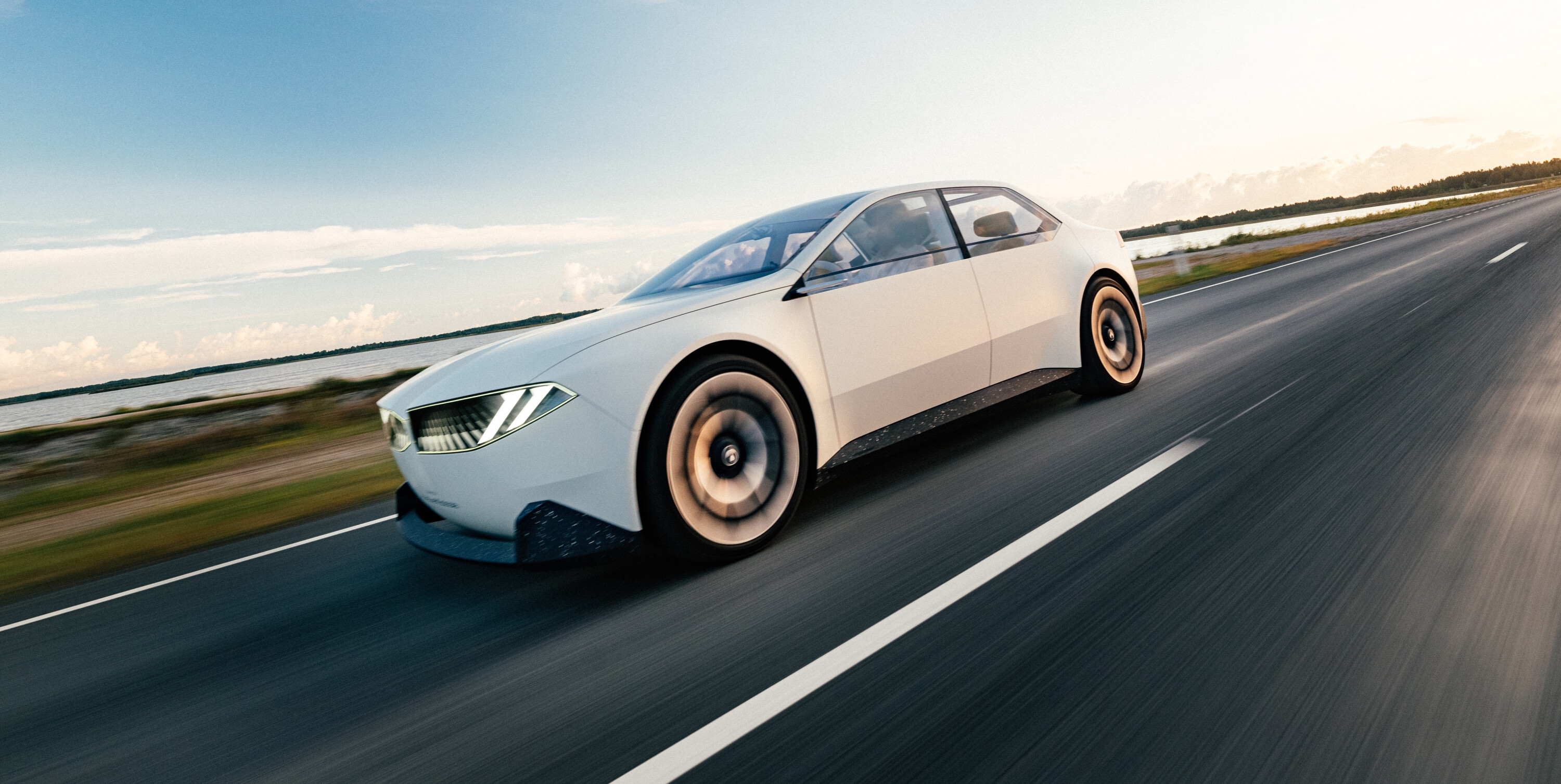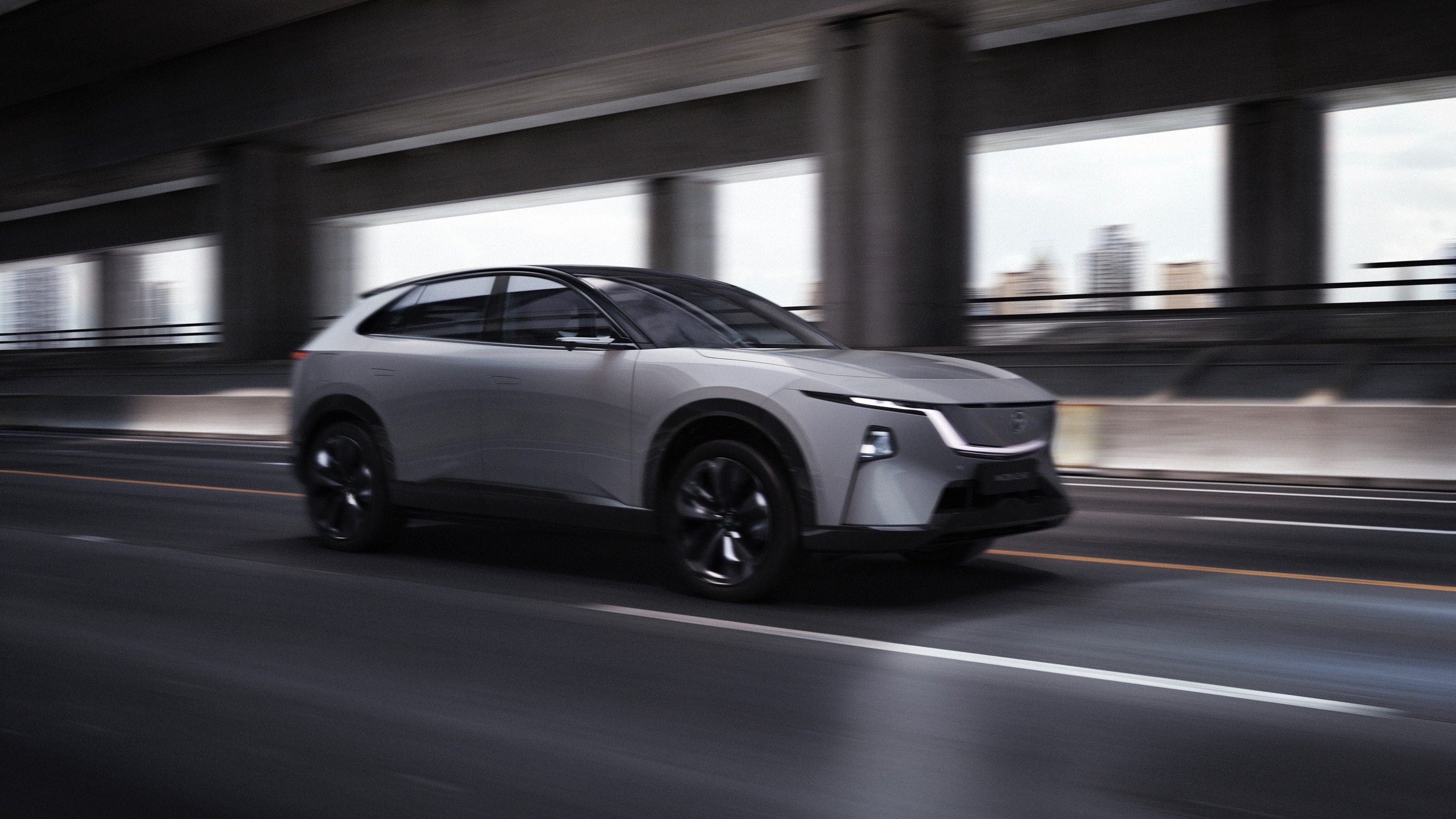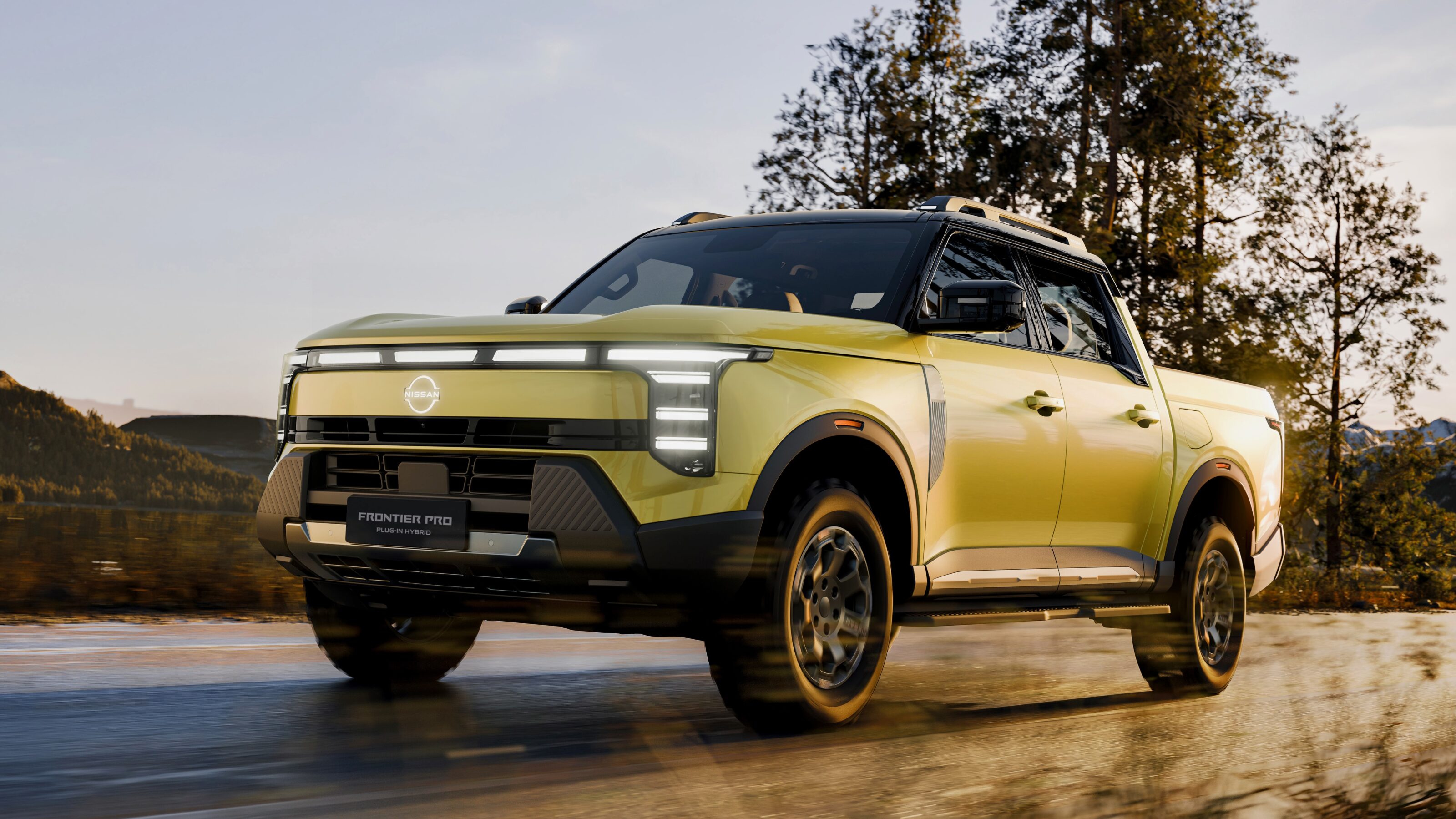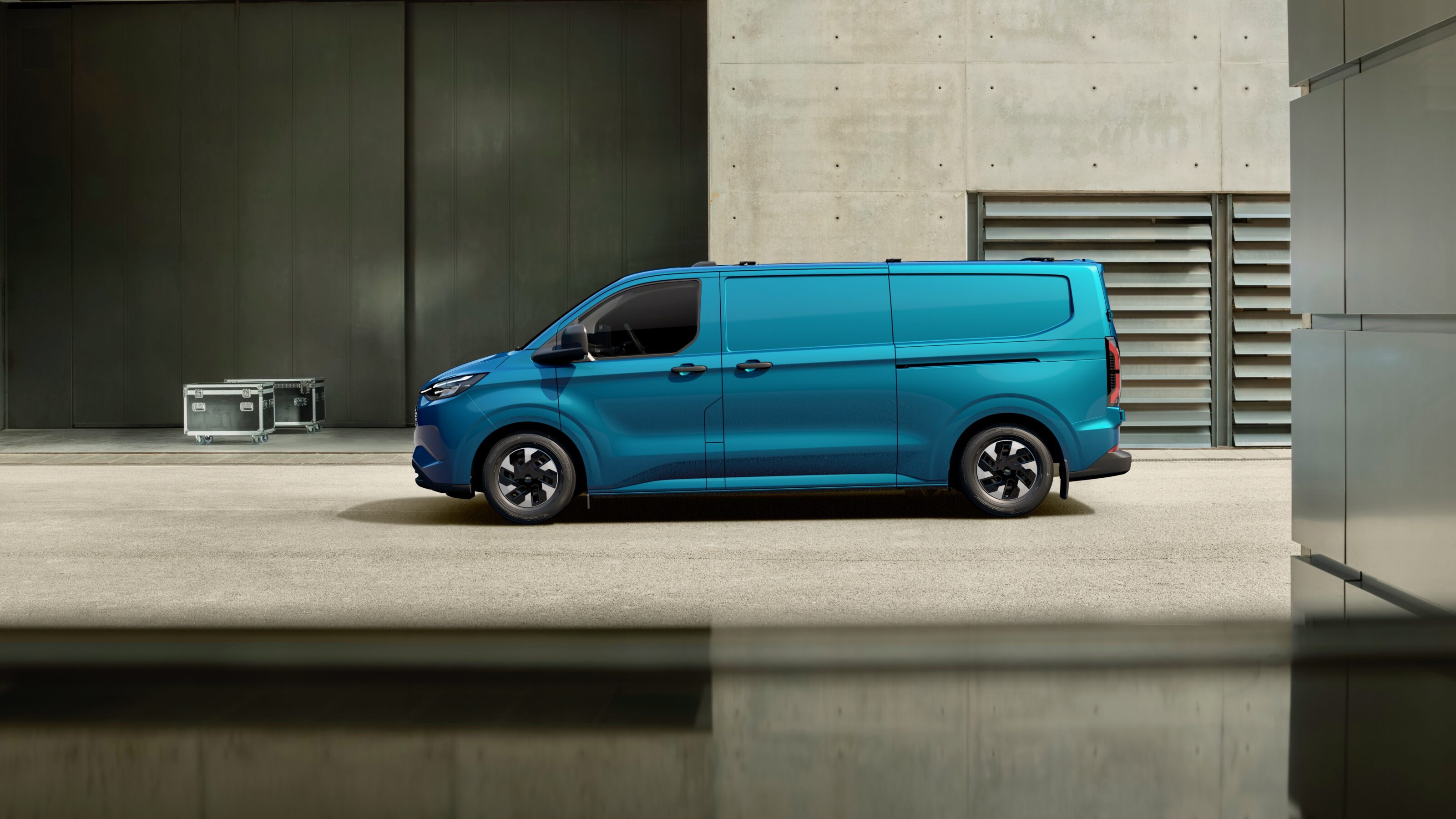The storied Bavarian marque is about to set off on a product offensive driven by ‘Neue Klasse’ electric vehicles, but combustion engines won’t be left behind.
Headlined by the forthcoming i3 and iX3 all-electric models that will debut new electric architecture with augmented reality cockpits, efficient batteries and powerful motors, BMW and its M division have a very exciting future ahead of them.
Unlike some companies, BMW hasn’t set an end date for combustion engines, though by 2030 it is hoping to reduce CO2 emissions by 50 per cent (compared to 2019) and make vehicles more recyclable; the M division reckons half of its sales will be electrified by 2027.
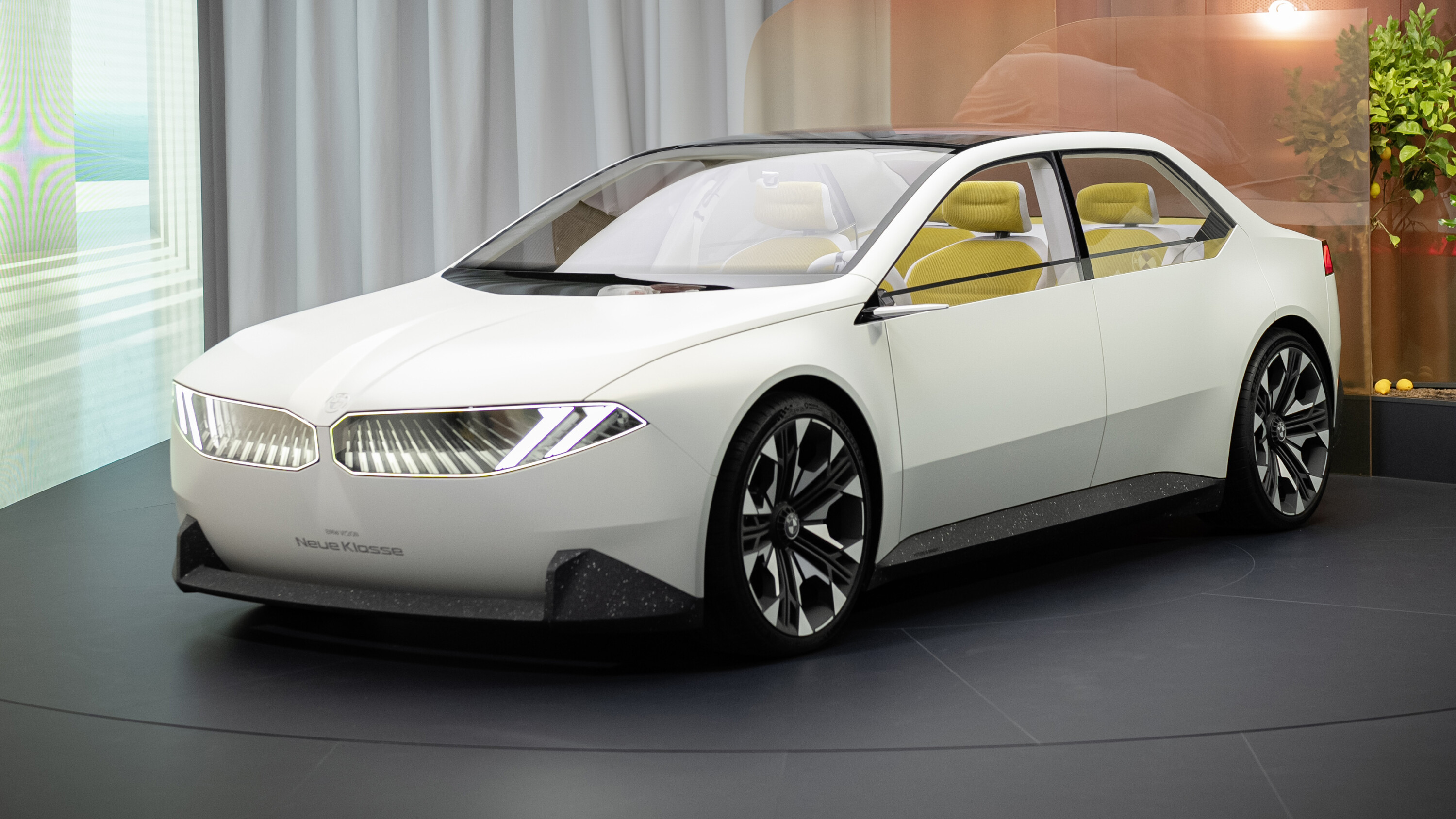
BMW’s model naming is a tad confusing at the moment.
With most of the brand’s second-gen EVs sharing platforms with combustion cars, the electric X3 is known as the iX3, and the China-market 3 Series EV is the i3, which is not related to the 2013 i3 hatch.
Over the next five years, BMW will streamline its model names while moving electric vehicles to its bespoke ground-up Neue Klasse platform for BEVs. Combustion-engined cars will live on with updates to existing underpinnings and powertrains.
With so much coming down the pipeline across a wide range of segments, we’ve distilled important BMW’s future models into one article, so read on to find out what your next Bimmer might look like.
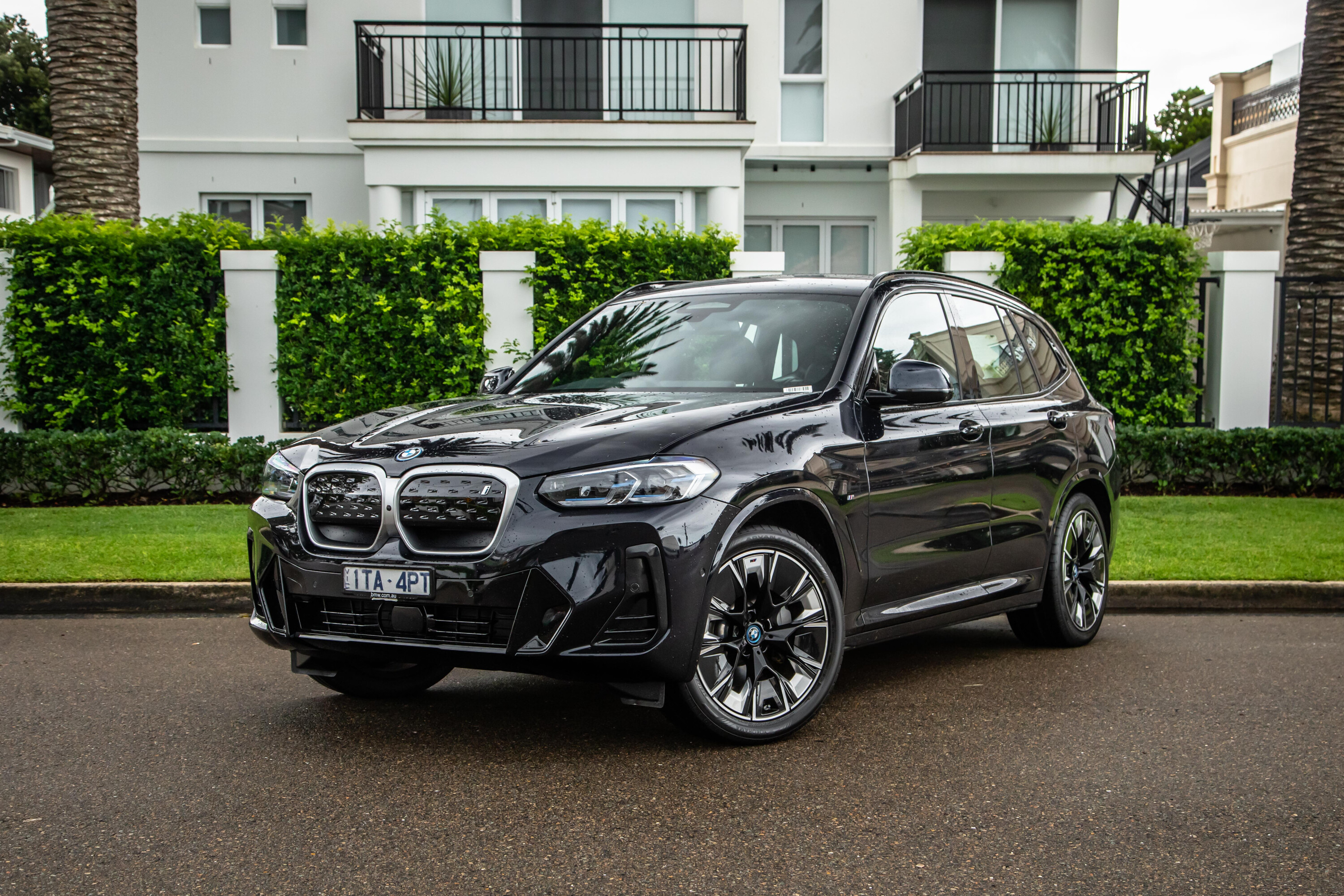
JUMP AHEAD
- 1 Series (F70)
- 3 Series and i3 (G50/NA0)
- iX3 and X3 (NA5/G45)
- M3 (G80 and future G84)
- M5 and M5 Touring (G90/G99)
- M EVs and ‘hand of god’
1 Series (F70)
With the current gen ‘F40’ available since 2019, the ‘F70’ due next year won’t be an entirely new generation.
It’s expected to carry over its UKL2 platform and basic engines with some fairly major styling revisions outside, and fresh technology within – likely similar to the X1’s airy cabin layout.
The F70 codename was revealed accidentally in an online M Performance parts catalogue earlier this year. The new 1 Series will probably be the first combustion BMW to drop ‘i’ from the end of petrol-engined variants; instead of the 118i it will be just 118. – the next step in differentiating ICE from EV models.
The 1 Series is expected to stay in production into the next decade, and in 2028 or 2029 a smaller Neue Klasse-based vehicle probably known as the i1 will arrive as the marque’s EV entry point.
3 Series and i3 (G50/NA0)
BMW’s most iconic nameplate looks set to live on another generation as a combustion / plug-in hybrid vehicle alongside the all-new Neue Klasse-based i3 sedan.
Documents leaked by BMW insiders suggest the next-gen 3 Series – chassis code G50 – will arrive with updated versions of BMW’s existing power plants, including petrol plug-in hybrids. There’s also likely to be another combustion M3 this decade.
But the bigger news is the all-electric i3 that’s expected to arrive in 2027 based on BMW’s brand-new ‘Neue Klasse’ architecture – and it will take a similar form to the eponymous concept revealed at September’s IAA mobility show in Munich.
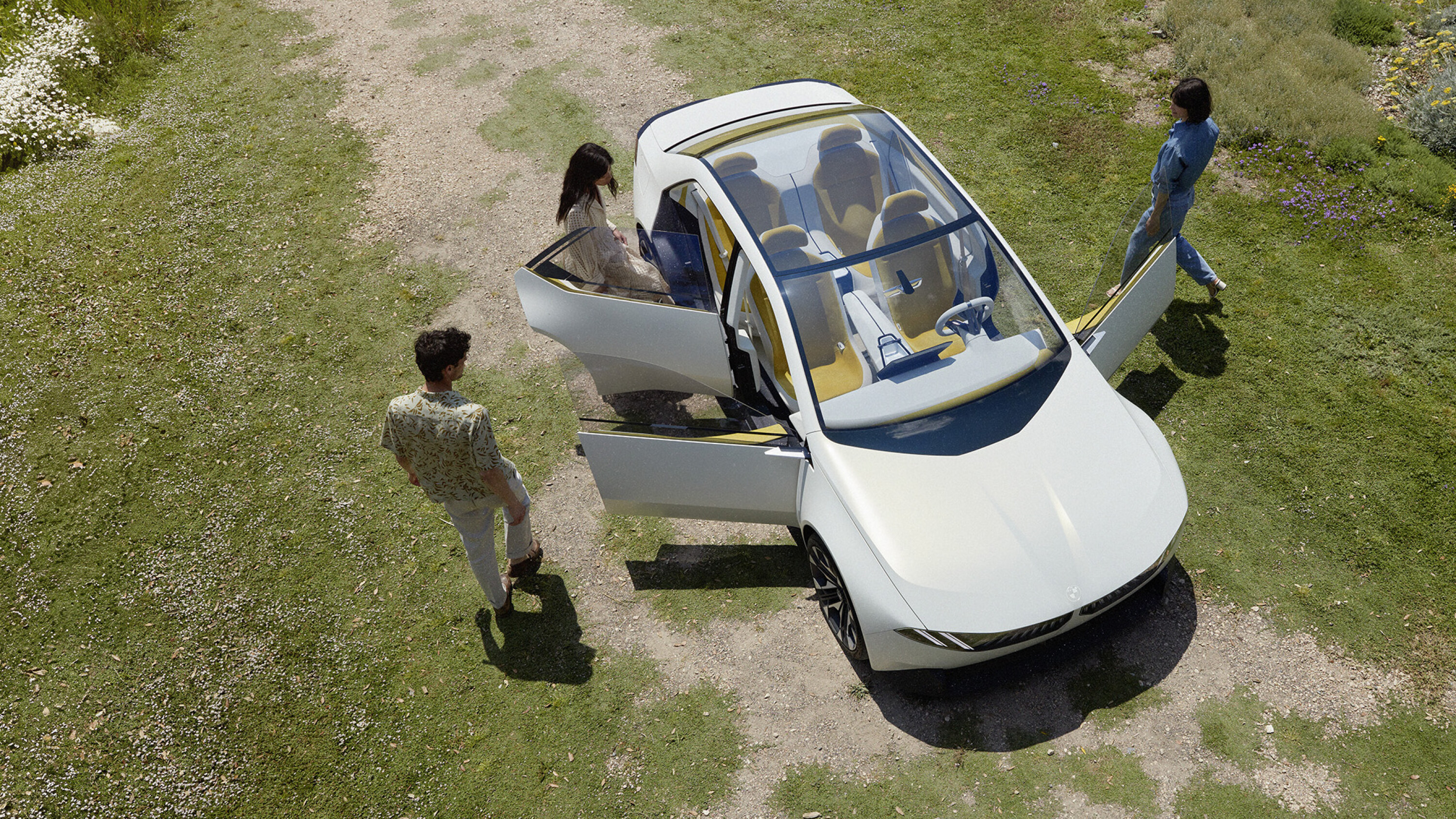
With an interior that’s airy and fresh featuring an augmented reality head-up display and crisp exterior designs that show off a new design direction inspired by models of the past, the new i3 will take BMW into its next era – hence the name ‘New Class’.
The concept runs deeper than batteries with up to 1000km range and new cabin direction. Underneath, the steel-alloy compound matrix is designed with easy recycling and repairability in mind in a nod to sustainability.
Expect multiple variants with different driving ranges, with rear-wheel drive on lower-end models and trick all-wheel drive with twin motors on top-end xDrive grades.
iX3 and X3
The X3 medium SUV will beat the 3 Series to the punch, due for refresh in 2024 in combustion guise to become the G45.
Like the 3 series, expect the X3 to continue with its CLAR underpinnings and existing four- and six-cylinder engines in revised form. Styling looks to be inspired by the smaller X1, with similar tail and headlight shapes and patterns. Inside, expect a similar treatment with a spacious and airy interior backed up by BMW’s latest iDrive system.
Following the G45, BMW is expected to debut the production version of its Neue Klasse platform beneath the iX3 ‘NA5’ – a sign of the SUV-dominant times. It’ll launch in Europe in early-mid 2026, with other markets to follow.
More connectivity, a spacious design, recyclable materials and sustainable production of the body and batteries will underpin BMW’s second foray into an electric medium SUV. We’d anticipate driving range over 500km and price of more than $120K locally.
M3 (G80 and G84)
The M3 CS is confirmed for launch next year and there will be a Touring version, too. Both get a bit more grunt (up 30kW, now 405kW), stickier tyres, and sharper chassis.
However, we’re excited about the next generation of combustion-powered M3, probably arriving in 2027. Unnamed sources close to BMW indicate the current G80 and G81 M3s will get a heavy overhaul in around 2027, though not one significant enough to change their chassis codes drastically. Expect them to be known as the G84, or similar.
It may be a plug-in hybrid (and will use some form of electrification, such as mild-hybrid, at the least), but crucially the ‘S58’ 3.0-litre twin-turbo inline-six in the current vehicle has been developed with Euro 7 emissions standards in mind.
M Boss Frank van Meel told WhichCar that “the market is booming for six-cylinder inline engines,” adding that the layout is “probably going to be around for quite a while.” That’s good news for BMW M fans, then.
M5 and M5 Touring (G90 and G99)
These are the next M cars to launch, and the M5 Touring will be the first outing for the long-roofed 5 Series. It will become the third M5 wagon made by BMW and could become the first sold (officially) in Australia.
Powering the G90 and G99 will be a V8 petrol engine with a plug-in hybrid system – though it won’t be a rinse and repeat of the XM’s powertrain according to Autocar [↗]. Instead, the G90 will probably use a version of the F90’s ‘S63’ twin-turbo V8 powertrain and a large 19.4kWh lithium-ion battery.
With two extra cylinders than what AMG’s E63 rival will be packing, the BMW Bahnstormer is expected to develop around 590kW at all four wheels; full details are expected in 2024.
M electric vehicles with ‘hand of god’
There’s a lot of chatter about BMW’s future M products, with the brand trademarking ‘iM3’ within Europe in November 2023.
However, executives then denied that the M3 would ever go electric. Instead, expect an M version of the i3 sedan (with coupe and touring models possible) to be sold beside the combustion-powered M3 – though this could be a red herring in itself.
What we do know, is what the M division is targeting for its electric products, and that it hasn’t ruled out engaging tech such as the Hyundai Ioniq 5 N’s simulated sound and gearshift features for its products.
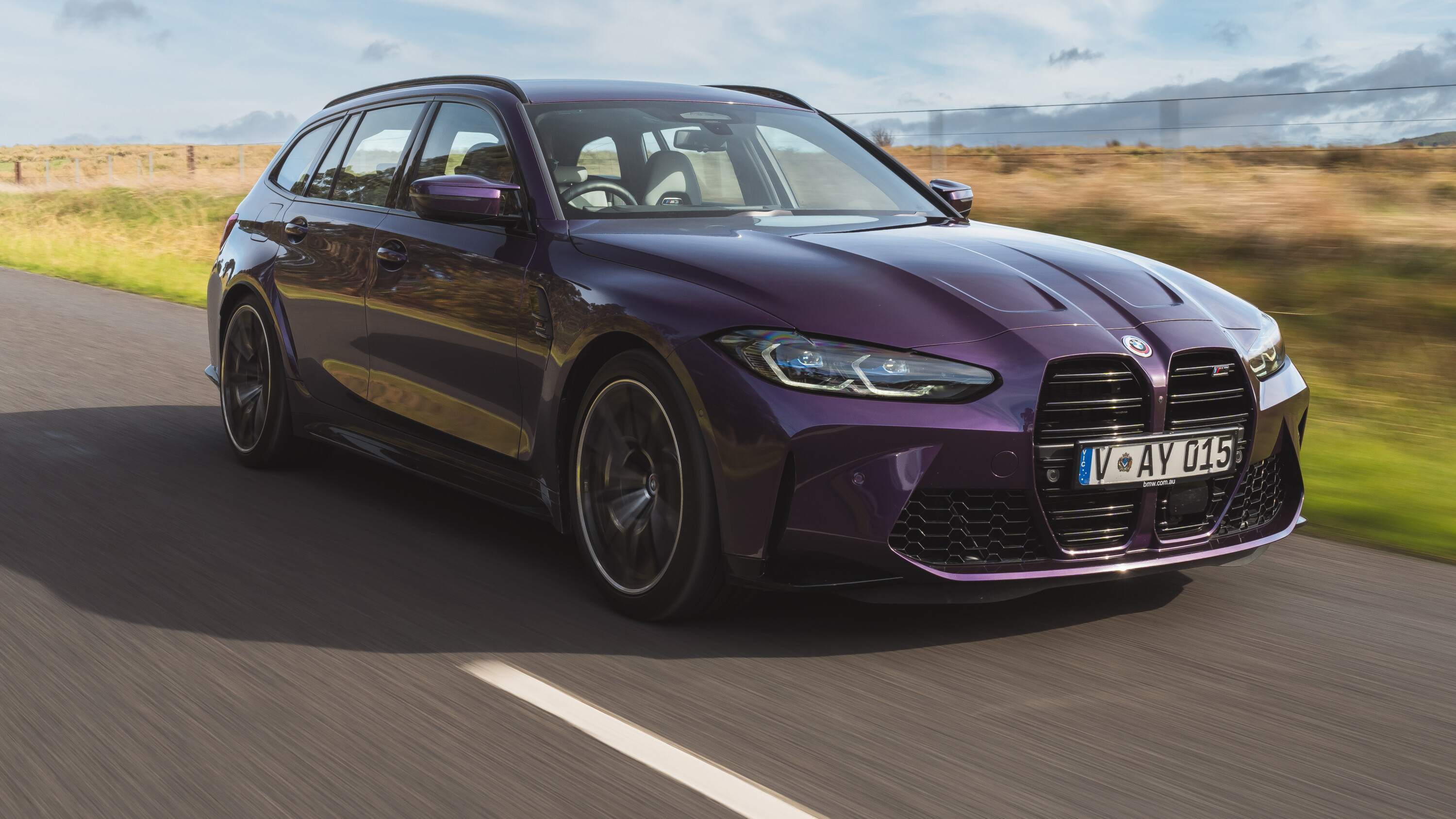
M has rightly said that it’s more about how the grunt is deployed to the wheels, rather than the total amount
As for targets, vehicles in testing can produce over 1000kW without too much trouble, the issue comes with cooling. After deploying so much grunt, the car needs time to reset – tuning the power back to a reasonable 745kW makes for longer running and more stable battery temperatures. And, to be fair, 745 kilowatts sounds like plenty for the road.
M has rightly said that it’s more about how the grunt is deployed to the wheels, rather than the total amount. It’s therefore combined powertrain and driving dynamics software into a single system, known as the ‘Heart of Joy’ that will work alongside the ‘Hand of God’ power control unit.
In plain English, we can expect the M Division’s electric cars to have the same brutish excitement and slideability as the current crop of combustion-engined models. Following the first electric M car, likely a 3 Series-sized model, we can expect an M version of the new X3 as well.
We recommend
-
 News
NewsBMW Vision Neue Klasse previews i3 sedan, and many more
It's revolution time!
-
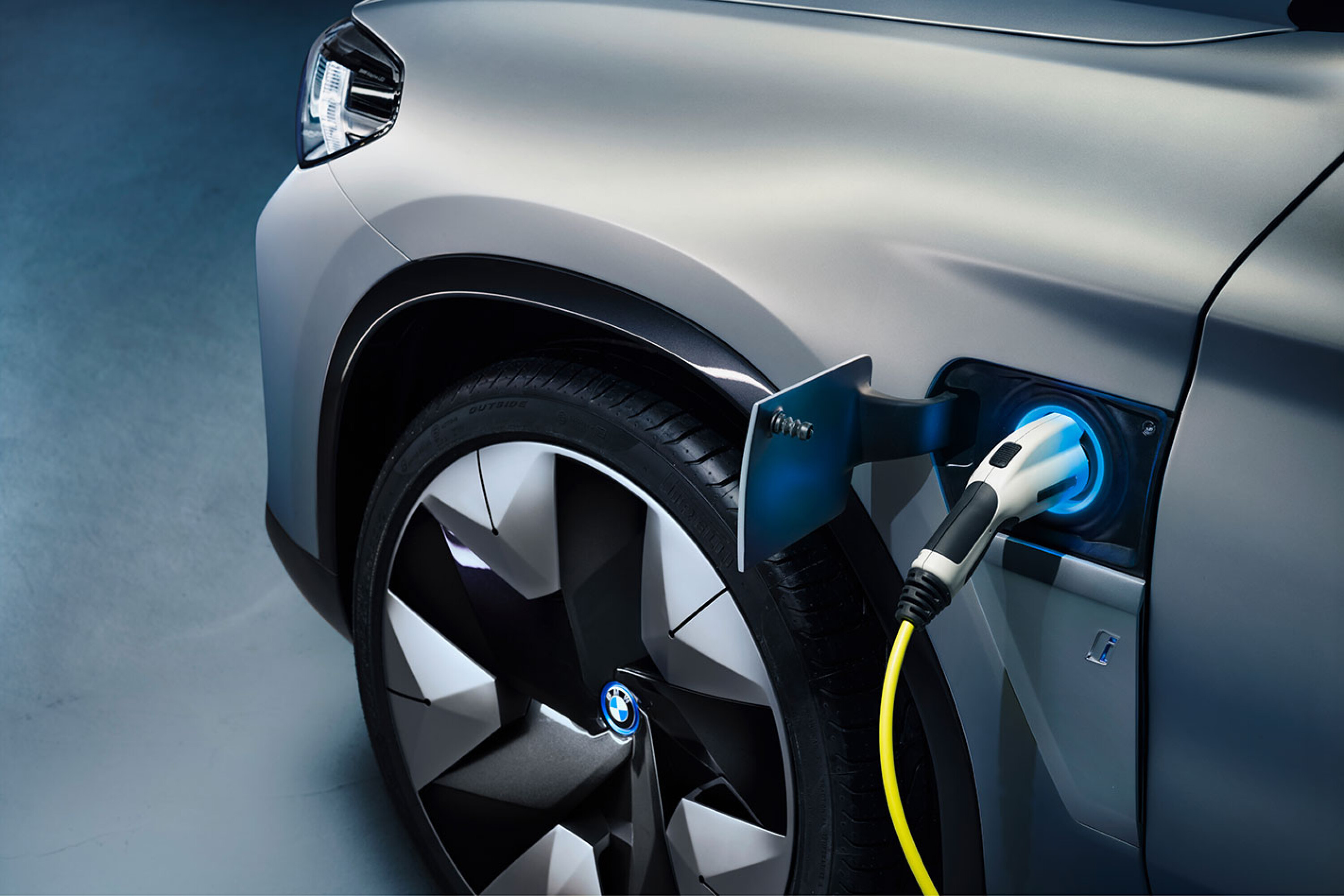 News
News2026 BMW iX3 rendered from patent filings; i3 sedan & wagon to follow in 2026
"The Vision Neue Klasse is so progressive it looks like we skipped one model generation."
-
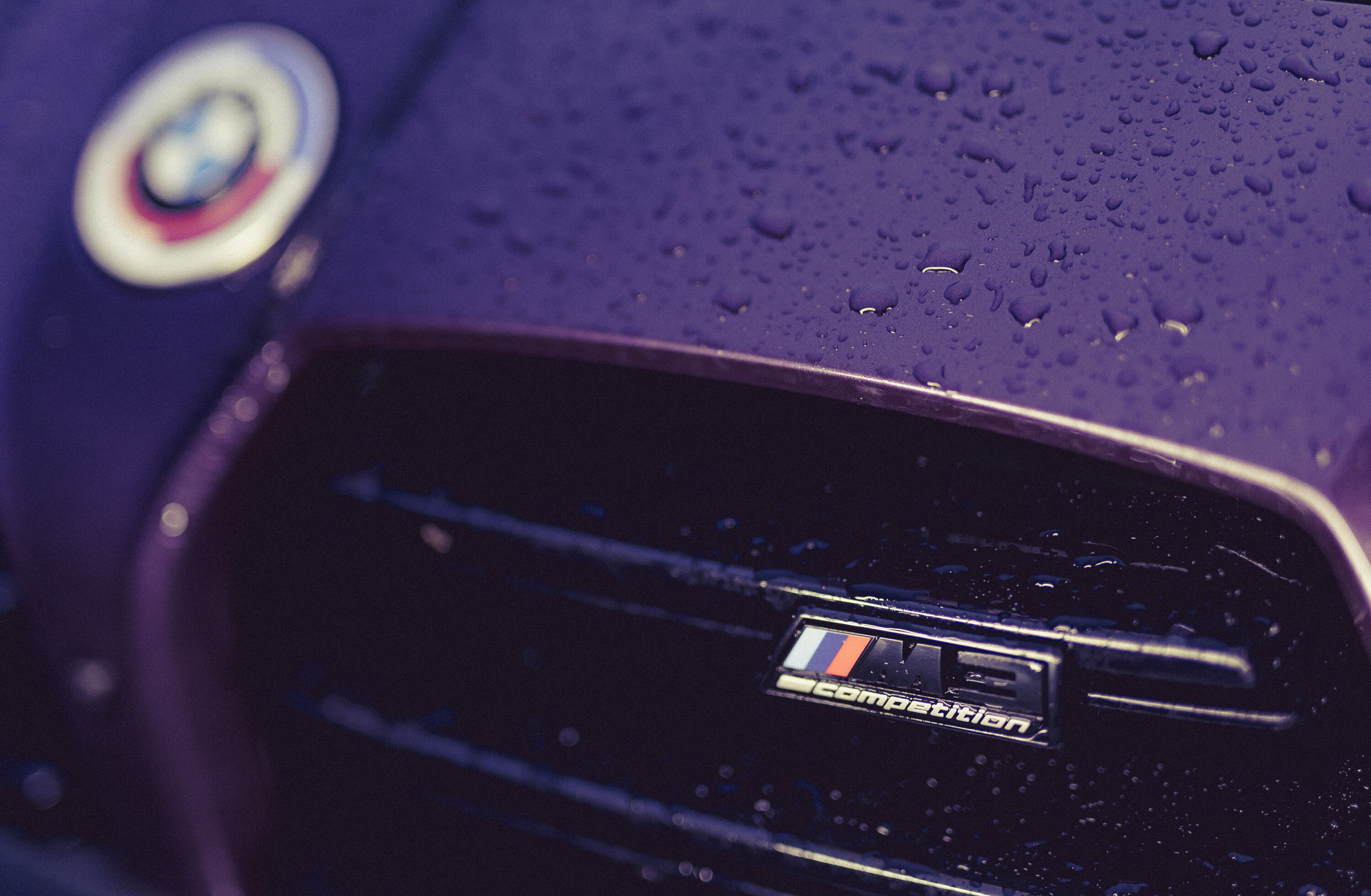 News
NewsElectric 2027 BMW M3 could be a 1000kW quad-motor powerhouse
BMW executives aren’t holding back for the next generation of electric M cars


